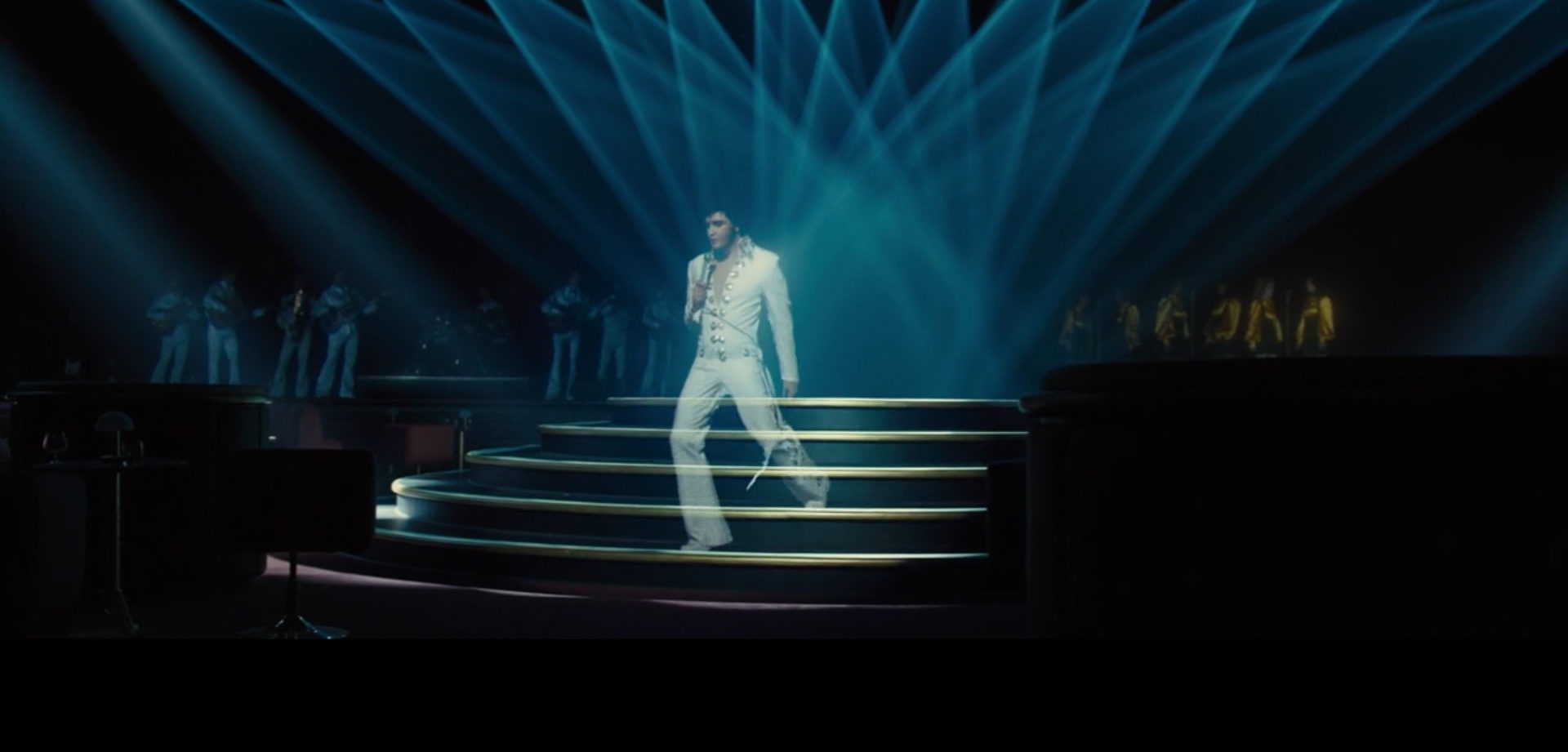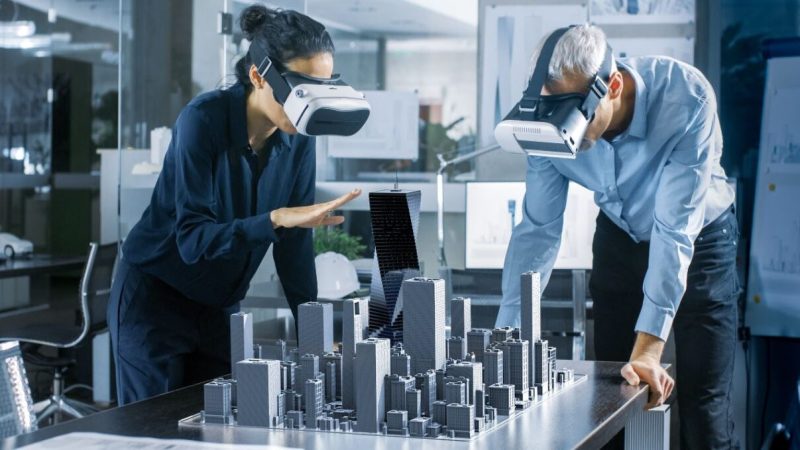How do holograms work on stage?

Table of Contents
Holograms at concerts
If you have seen the holograms of Tupac and Michael Jackson and or they give you chills or a dose of nostalgia, you have to admit that the hologram technology is awesome. But how does it work? And are they holograms or just projections?
Of course, not all holograms on stage serve to bring dead people to the present. The technology has been used to broadcast live performances by Janelle Monae and MIA, to cast Gorillaz avatars on stage with Madonna, and to bring fictional stars such as Hatsune Miku to life.
But, they are not holograms.
Let’s quickly clear things up. There is a lot of debate about what a hologram is or is not. So, for the sake of argument, let’s stick to a very simple definition of the word hologram.
Holograms are independent 3D light structures. They are not projected onto a surface (which 2D would do) but can be diffused by the glass, “moon crystals” from science fiction movies, or any other object that does the job.
So, Princess Leia’s secret message in Star Wars? That IS a hologram. Michael Jackson’s ghost? That is NOT a hologram, it is projected onto a flat surface and exists in 2D (but we will still refer to these as holograms to understand ourselves).
Either way, these holographic concerts are a step in the right direction. But they are not exactly a new idea. The holographic representations of Tupac, Janelle Monae, MIA and others are based on a trick from the 1860s called Pepper’s Ghost or Pepper’s Ghost. It is a simple trick that was used extensively at Victorian fairs, plays, and parties. Surely you’ve seen it in action at Disney’s Haunted Mansion if you’ve ever been to Disneyland.
Pepper’s Ghost trick is smoke and mirrors (well minus the smoke). A reflective glass panel is placed on a stage and tilts down toward a hidden booth. When the secret cabin lights up, it reflects an image on the glass, which then reflects the image to the public. At eye level, this image would look squashed (remember, the glass is angled). But as the audience looks on stage, the picture looks “correct,” with a ghostly, translucent quality.
Of course, the Pepper’s Ghost trick requires an actor. The last time we checked, Michael Jackson was dead, so we can assume the technology has changed a bit, right?
Musion Eyeliner Screenings
Musion Eyeliner sounds like a local rock band, but it’s a proprietary, modernized version of the Pepper’s Ghost ghost trick. And, in a way, it’s even simpler than Pepper’s Ghost.
Rather than relying on secret rooms, actors, and glass to project humans onto a stage, the Musion eyeliner trick simply requires a projector and a thin sheet of mylar.
First, the mylar sheet is placed at the front of a stage at a 45-degree angle. Then a projector in front of the stage shoots an image onto the mylar sheet. And that’s all there is to it, more or less. There also needs to be a source video for these screenings. Ideally, the source video should be completely still, creating the illusion that an interpreter is on stage. This can be done by recording performance with a still camera, or by creating an expensive 3D model and then preparing it for singing and dancing (Tupac, Jackson, and Roy Orbison holograms are 3D models).
Problems with technology
Aside from the obvious ethical dilemmas, Musion Eyeliner has many technical flaws and vulnerabilities:
- Phase issues: Musion Eyeliner’s most elaborate holograms use multiple projectors to make an image as comprehensive and detailed as possible. But these projectors need to work correctly with each other. If one falls out of phase, it ruins the picture.
- Wavy Screens: The Musion Eyeliner holograms are based on a thin mylar screen, which “flutters” like a flag when struck by a good gust of wind. This is very easy to see in the Michael Jackson hologram video, where the entire stage appears to be underwater.
- Viewing Angle: Again, the viewing angle of the audience determines whether a Musion Eyeliner hologram looks “correct” or “squashed.” When viewed from the side, these projections may appear flat, like paper.
- Lighting: Musion Eyeliner projections work best in dark environments. The problem is that they always create brilliant images, which is not a big deal on its own. However, holograms in dark backgrounds can look ridiculously bright and flat, especially when real people roam the stage (as shown in Tupac’s performance).
- Cost: It doesn’t cost much to install a Musion Eyeliner hologram. But it was recreating famous people in 3D costs a lot of money (the Tupac 3D model costs around $ 400,000). Even with a full auditorium, it’s difficult to recoup those kinds of expenses.
You probably shouldn’t judge Musion Eyeliner holograms for their technical flaws. But the fact that the wind can ruin these projections is a sign of how young this technology is.
The future of holograms
Right now, most of their major electronic corporations are spending a lot of money on augmented reality. From Instagram and Pokemon Go filters to spooky undead musicians, we’re getting closer and closer to the inevitable – the authentic 3D holograms.
It’s hard to know when genuine holograms will become commonplace in our lives, but they can be used for entertainment for decades to come. We already know that there is a hologram concert market. The BBC is also currently investigating hologram televisions (which are mostly small-scale, 3D versions of the Pepper’s Ghost ghost trick).
At the moment, we will have to wait for the technology to mature a little.






